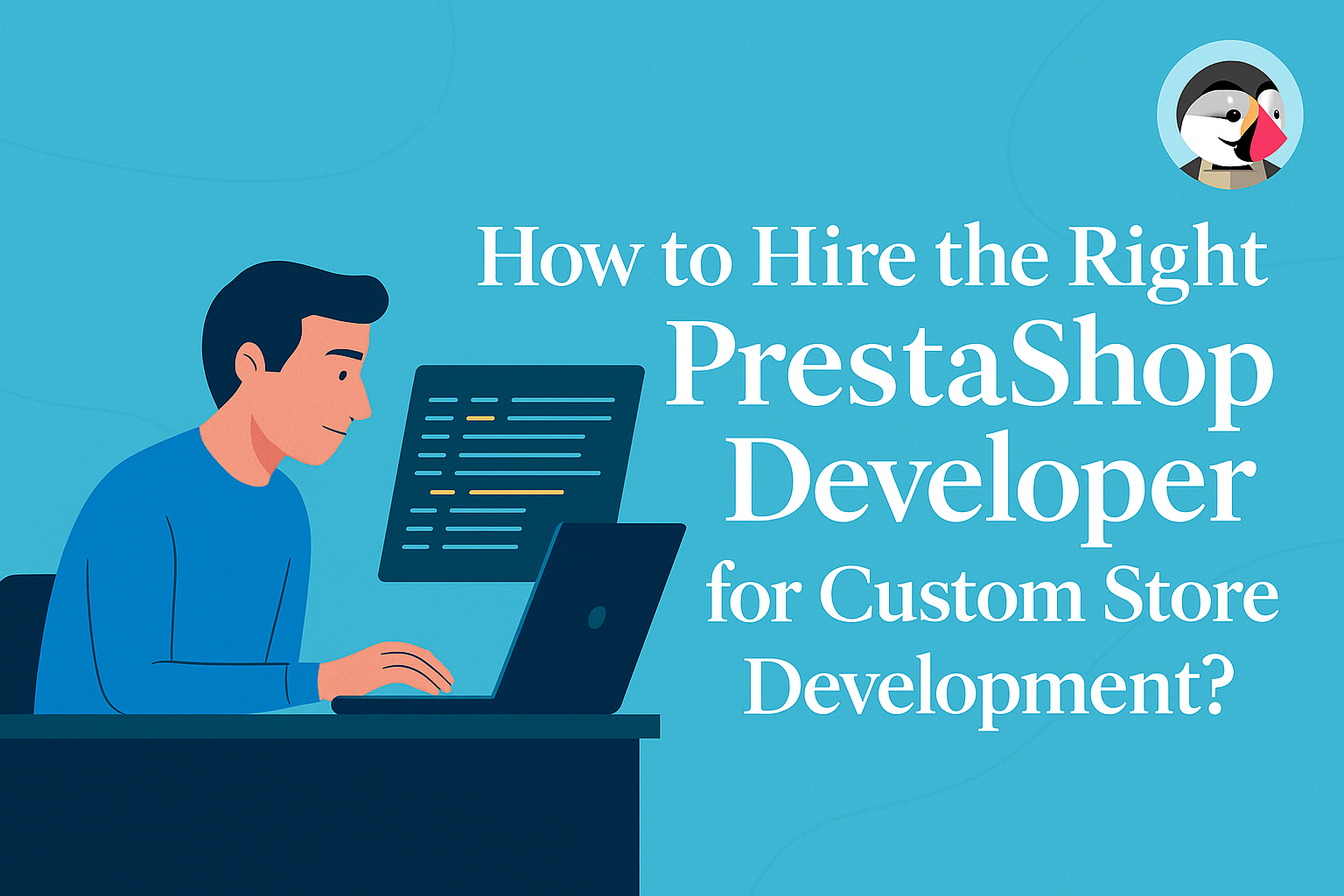Efficiency is the cornerstone of successful B2B sales, yet many organizations struggle with hidden operational bottlenecks that silently disrupt performance. Often masked by outdated systems and manual processes, these issues cause delays, introduce errors, and create friction in the buyer journey. From lagging order fulfillment to static pricing models, these pain points erode customer confidence and limit growth potential.
The damage goes beyond missed deadlines or inventory mismatches. Companies relying on fragmented systems find it difficult to scale or personalize their services, especially when buyers expect individualized experiences. Inconsistent pricing and payment terms frustrate customers, while one-size-fits-all catalogs alienate niche buyers looking for precision and relevance.
These challenges grow over time, especially as order volumes increase and customer expectations evolve. What once seemed like manageable inefficiencies quickly become serious roadblocks to growth. If left unaddressed, they result in reduced profitability, weakened customer loyalty, and a loss of competitive edge.
Read: Why HubSpot CMS is the Future of Scalable Website Development
Automation is an essential step toward resolving these issues. When order workflows, inventory updates, and pricing logic are automated, businesses can eliminate errors, accelerate order processing, and offer real-time visibility to both staff and customers. The result is a more agile, responsive sales operation capable of adapting to market shifts and buyer needs.
Technology integrations further enhance these capabilities. For businesses using Microsoft Dynamics GP, leveraging Microsoft Dynamics GP ecommerce integration connects backend operations with front-end digital storefronts. This allows companies to maintain up-to-date product data, automate pricing logic, and ensure that customers always receive accurate, tailored information—no matter the sales channel.
Buyers benefit from faster transactions, reliable stock information, and personalized catalogs, while businesses gain operational clarity and increased bandwidth for strategic initiatives. The integration also supports flexible pricing agreements and dynamic promotions that are consistent across channels.
Ultimately, digital transformation is not just about automation—it’s about alignment. By integrating systems and streamlining operations, businesses can eliminate bottlenecks, exceed customer expectations, and pave the way for scalable, sustainable success in the evolving B2B ecosystem.
Unlock-B2B-Sales-Performance



